Introduction

I always considered the Voigtlander VM 75mm 1.5 Nokton a very small and lightweight fast portrait lens, that is until I came across this MS-Optics 73mm 1.5 Sonnetar.
But what does this tiny lens have to offer? Are we better off carrying the heavier Voigtlander lens or is the Miyazaki lens actually holding some surprises for us?
Lens is being tested on 42mp Sony A7rII and 24mp Leica M10
Sample Images
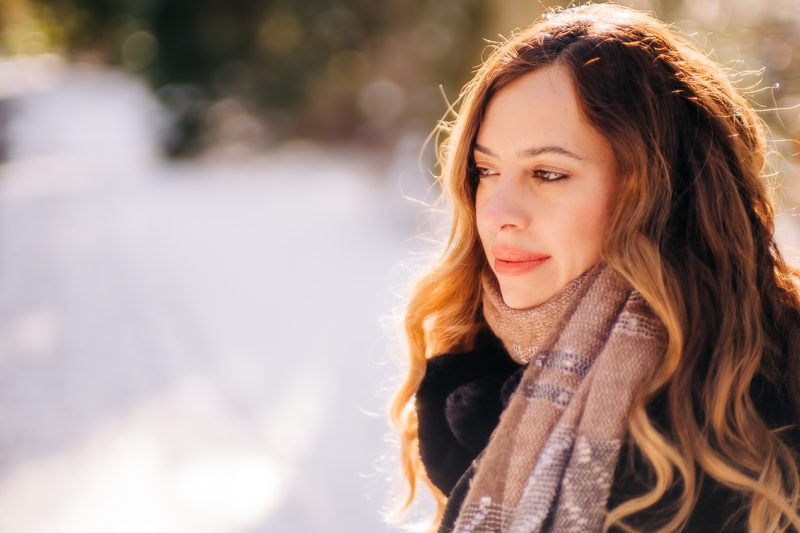


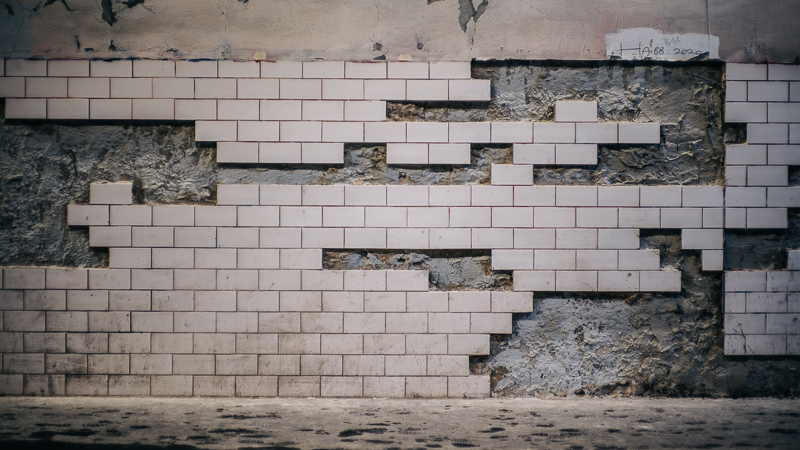
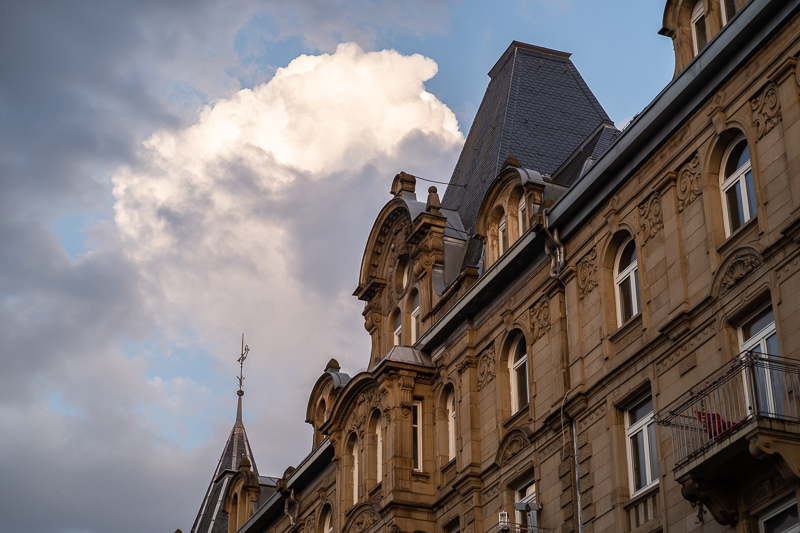
You can find most of the sample images in full resolution here.
Contents
Specifications / Version History
There are not many 73mm lenses, actually, this may be the only one. It has the following specifications:
-
- Diameter: 49mm
- Field of view: 33° (diagonally)
- Length: 57mm
- Weight: 201g
- Filter Diameter: 49mm (reversed)
- Number of Aperture Blades: 16 (rounded)
- Elements/Groups: 5/4
- Close Focusing Distance: 0.9m (measured)
- Maximum Magnification: 1:10.6 (measured)
- Mount: Leica-M
You can find information on all the MS-Optics M-mount lenses in my Overview: MS-Optics M-mount lenses.
You can find this lens at japanexposures.com or on ebay.com (affiliate link) but don’t expect it to be always available. It starts selling for about $1100
Handling / Build Quality
As usual with MS-Optics there are a few things to point out here, especially when you are only used to the latest first party lenses.
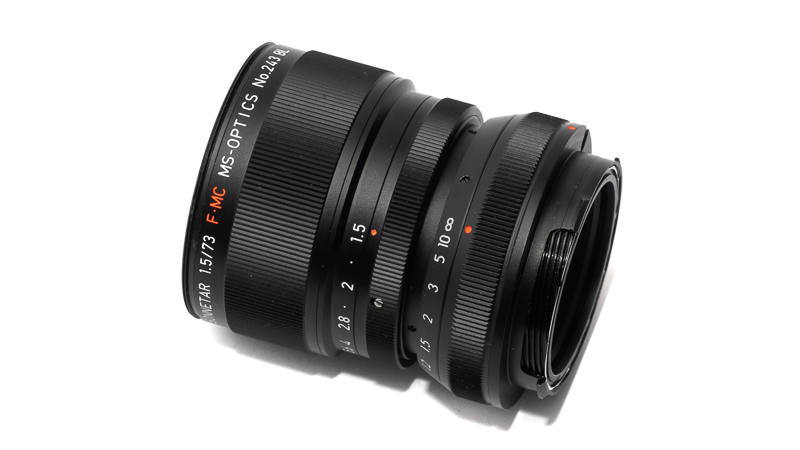
The focus ring travels ~90° from infinity to the minimum focus distance of 1.0 m. The focus ring is actually the whole front barrel (unit focus design), so aperture ring and front element also rotate when adjusting focus. So better first decide what aperture you want to shoot at, set it, and then focus.
The resistance of the focus ring as well as the aperture ring is very nice.
The aperture ring is also clickless and turns roughly 100° from f/1.5 to f/16. It is also notable, that the aperture ring turns in the “wrong” direction, as was also the case with the MS-Optical 50mm 1.1 Sonnetar and the MS-Optics 135mm 2.4 Aporis.
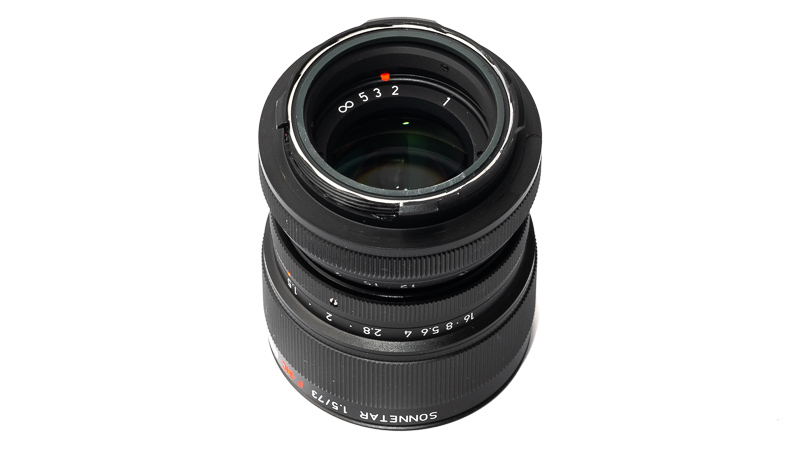
At the rear you can find a “coma adjustment ring”, but you need a camera spanner to change the setting and if you change the setting you may loose the calibration with the rangefinder coupling.
The MS-Optics 135mm 2.4 Aporis also features a Coma adjustment ring and I did not see it making a really big difference but it can actually be used to adjust the infinity hard stop.
The lens also comes with a 49mm screw on metal lens hood:
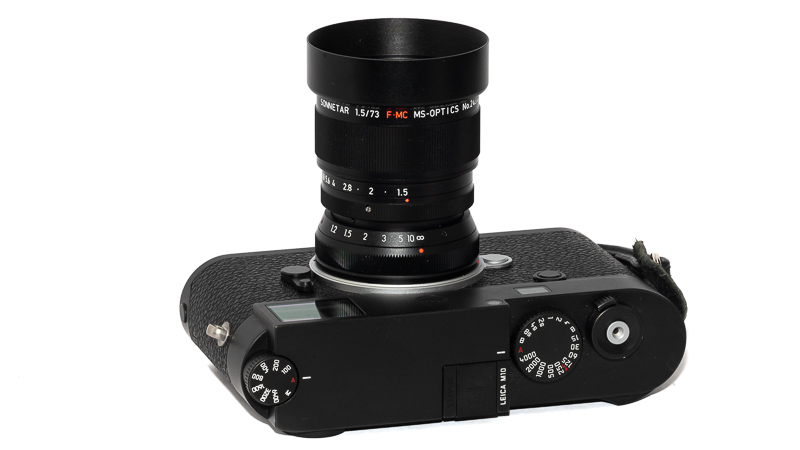
Instead of the lens hood you can also attach a normal 49mm filter, but it needs to be mounted reversed, so if you want to use a polarizer you either need to flip the glass in the polarizer or get a 49mm-49mm Female-Female adapter like I did:
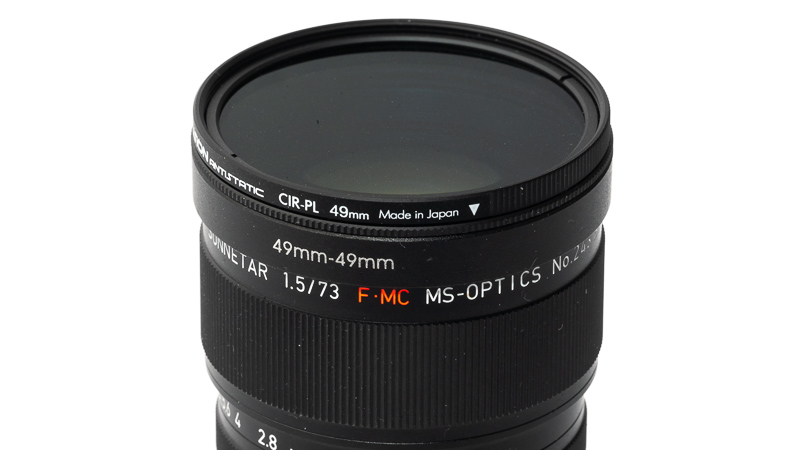
While the Voigtlander VM 75mm 1.5 Nokton is not a big lens to begin with the MS-Optics 73mm 1.5 is noticeably smaller and lighter:
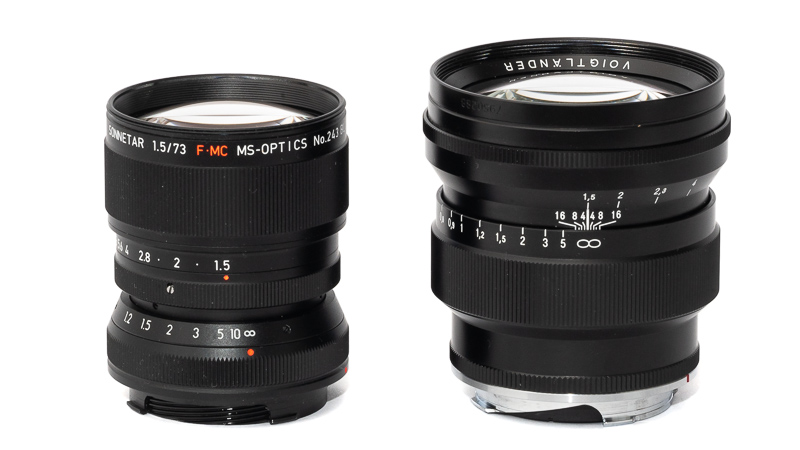
As is the case with all MS-Optics lenses I have used so far on the Leica M10 the 6-bit-code-reader is not fully covered and therefore under bright light the camera will often think you changed the lens and throw you ouf of live view should you be using that. I added a small piece of duct tape which solves the issue.
Vignetting
light falloff

I was curious how the MS-Optics 73mm 1.5 compares to the Voigtlander VM 75mm 1.5 here. At maximum aperture I measure 2.0 EV which improves to 1.5 EV at f/2.8. Already at f/2.8 it is only 1.0 EV and further improves to 0.7 EV at f/8.0.
The Voigtlander lens shows similar values wide open and about 0.3 EV lower ones stopped down, so all in all not a bad performance here.
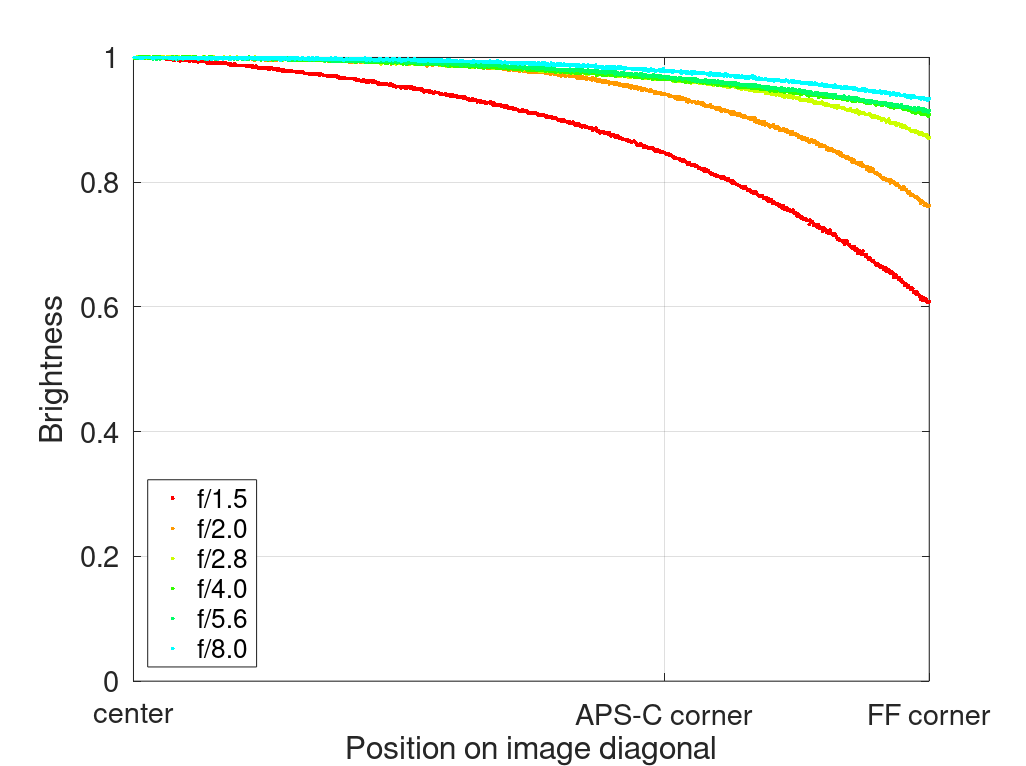
It is recommended to have a look at this article first to get an idea how this brightness graph works.
optical vignetting
Very fast yet compact lenses usually show a significant amount of optical vignetting. Without going too much into technical details optical vignetting leads to the truncation of light circles towards the borders of the frame.
In the center of the frame almost every lens will render a perfect circle, but only lenses with very low optical vignetting will keep this shape in the corners.
So in the following comparison we move from the center (left) to the extreme corner (right) and see how the shape of the light circle changes.
At maximum aperture I see an interesting flare effect around point light sources near the center which also makes them look significantly bigger. In the midframe this same effect leads to that lemon like shaped light spill.
For comparison’s sake I included the Voigtlander VM 75mm 1.5 Nokton here which shows a bit more optical vignetting but also shows cleaner shapes of the highlights.
Sharpness
MTF-Graphs
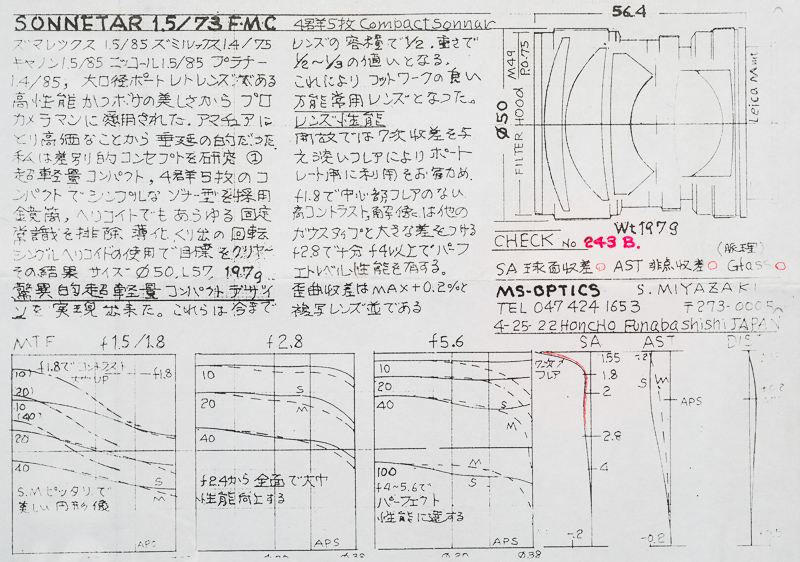
The MS-Optics lenses always come with hand-drawn MTF-graphs which do give a pretty good idea of what to expect.
What these graphs are telling me: a bit lower contrast at f/1.5 which in the center already increases quite a bit at f/1.8. Generally low astigmatism at wider apertures, which often is the case with Miyazaki’s designs.
At f/2.8 we should see high resolution and contrast across the whole frame and really good performance at f/5.6 except for the extreme corners where there also seems to be a fair amount of astigmatism stopped down. We will investigate in the following sections what that means for us.
infinity (42mp Sony A7rII)
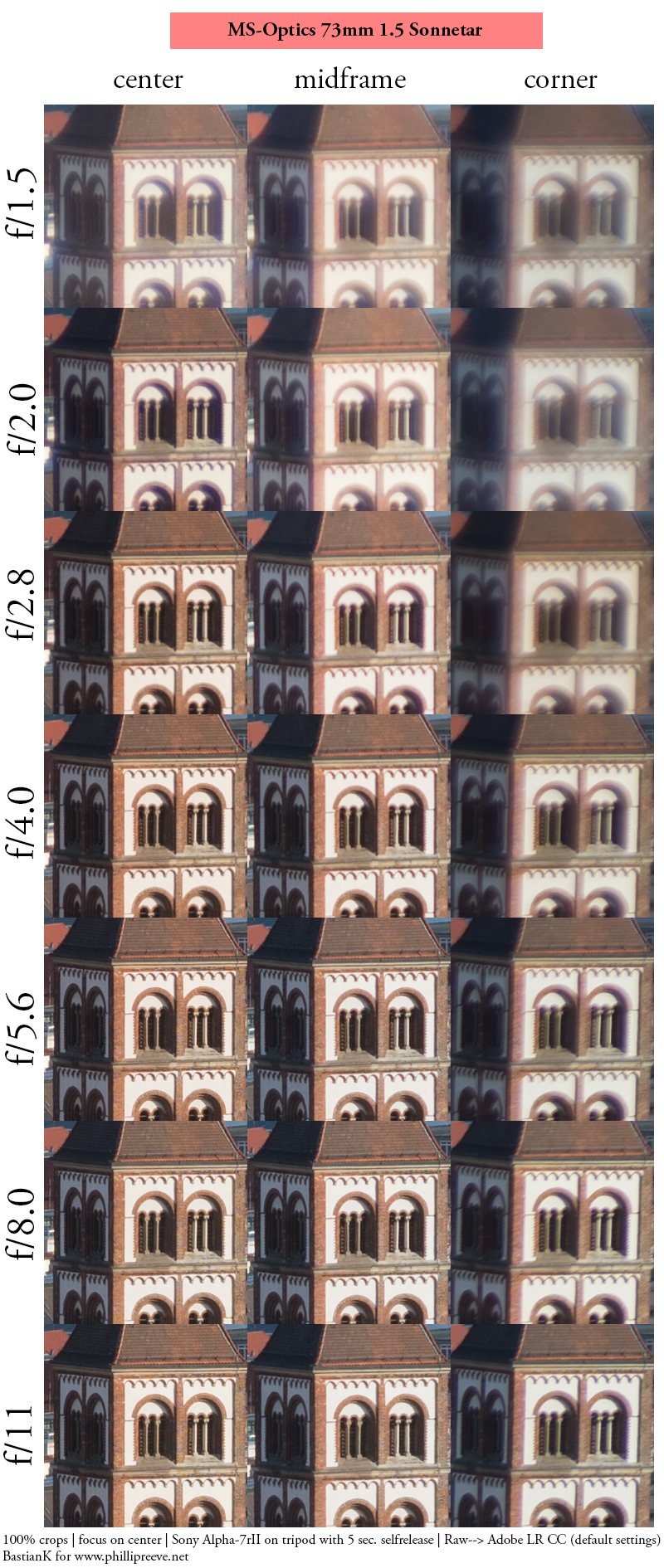
Wide open we see some glow (spherical aberration) across the whole frame, this improves steadily on stopping down. By f/2.8 the center part shows high resolution and contrast.
The midframe does not lack far behind. It looks good by f/4.0 and very good by f/5.6. As usual I am showing you the worst part of the frame here.
Unfortunately the corners suffer a bit due to filter stack induced field curvature. Stopped down to f/11 and focused a bit closer might yield better results than you see here.
Let us see in the next section how the lens performs on a camera with a thinner filter stack.
infinity (24mp Leica M10)
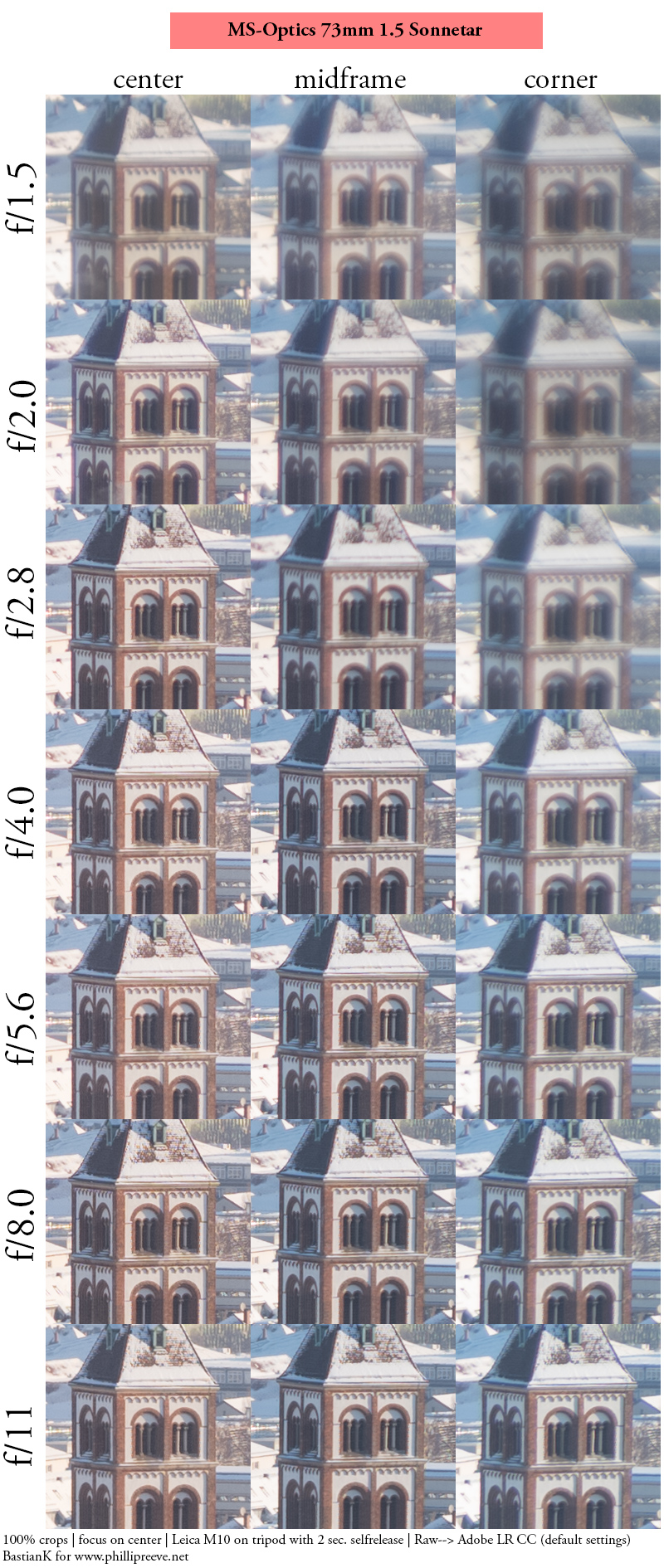
Originally infinity was not reached on my M10 at wider apertures, this is always a risk with lenses with infinity hard stop, which is why I am not a big fan of such hard stops.
A small adjustment of the coma-adjustment-ring could fix this (I changed the setting from 3.0 m to ~ 2.5 m), I am showing you the sharpness series after adjustment here.
By f/8.0 the lens looks really good across the whole frame, so when the light allows for it or a tripod is available it is a good performer for landscape or achitecture shooting.
Interestingly with this lens I also don’t see the high astigmatism in the corners shown in the MTF-graphs.
Nevertheless, the Voigtlander VM 75mm 1.5 Nokton yields higher resolution and contrast, especially at wider apertures.
portrait distance (2.0 m)
For portraiture it isn’t so important how flat the field is, it is more interesting to see what the sharpness is like when focused at different parts of the frame to take field curvature (and also focus shift) out of the equation.
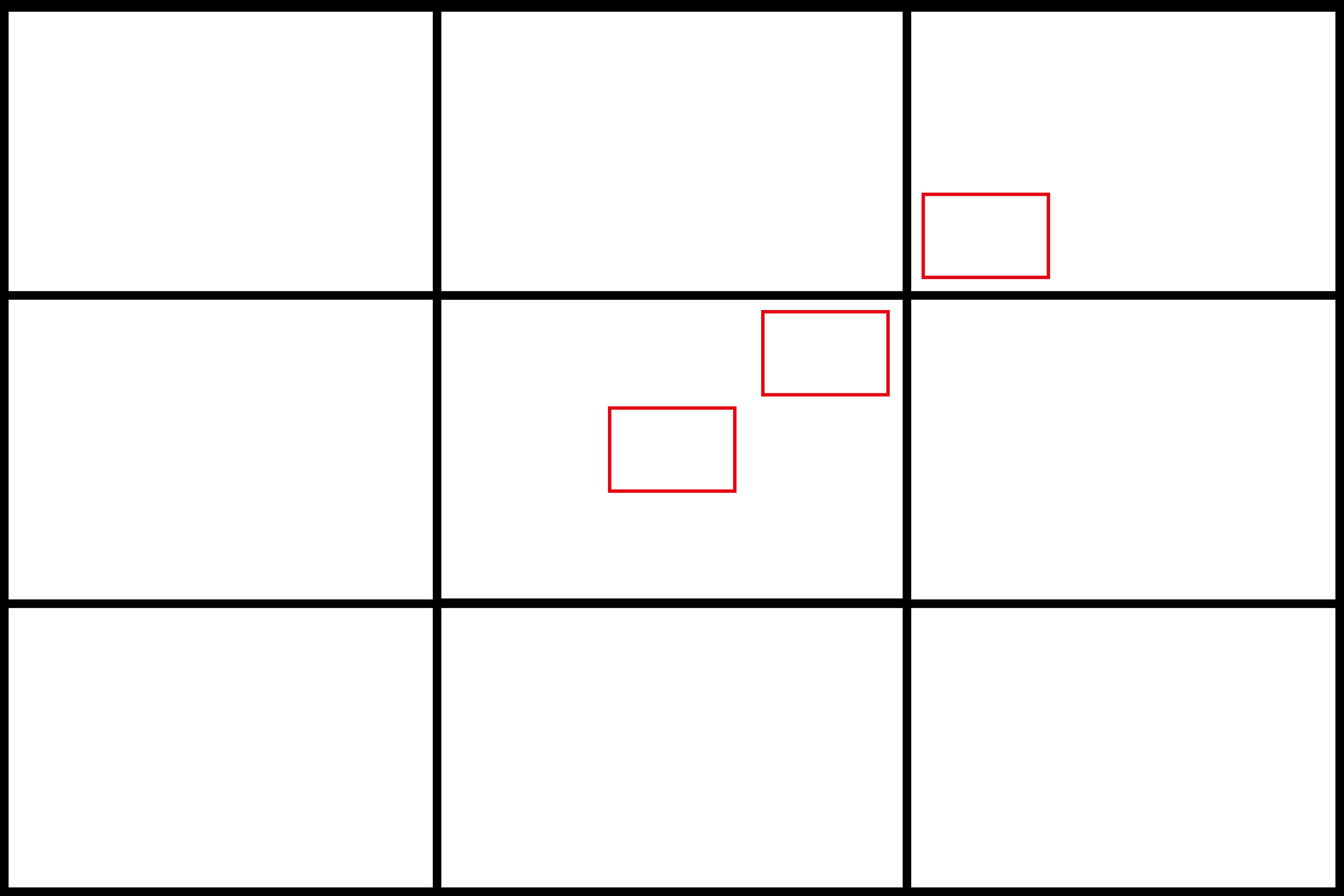
This is what I did here, I refocused for every shot and aperture to get the best possible result at different locations in the frame (center, inner midframe and outer midframe).
Focus distance was roughly 2.0 m and the circle of the dollar bill is more or less the size of a human eye.
Sony A7III <—> Leica M10
100% crops, Sony A7III, Leica M10
As is expected from looking at the MTF the contrast is a bit lower at maximum aperture, but thanks to low astigmatism we can get usable results everywhere in the frame from the maximum aperture.
Stopping down to f/2.0 greatly increases contrast everywhere in the frame.
There is also only little difference between using the lens on a Leica M10 or a Sony camera here.
close (1.0 m, 1:10.6)
100% crops from center, Sony A7rII, refocused for every shot
A minimum focus distance of 0.9 m is not that great for a 73mm lens, especially when you are used to the 0.7 m of the Voigtlander VM 75mm 1.5 Nokton like I am.
The lens obviously does not feature a floating elements design and it generally does not seem to be optimized for these distances, as it takes stopping down to f/2.8 or better f/4.0 to get really crisp results here.
Flare resistance
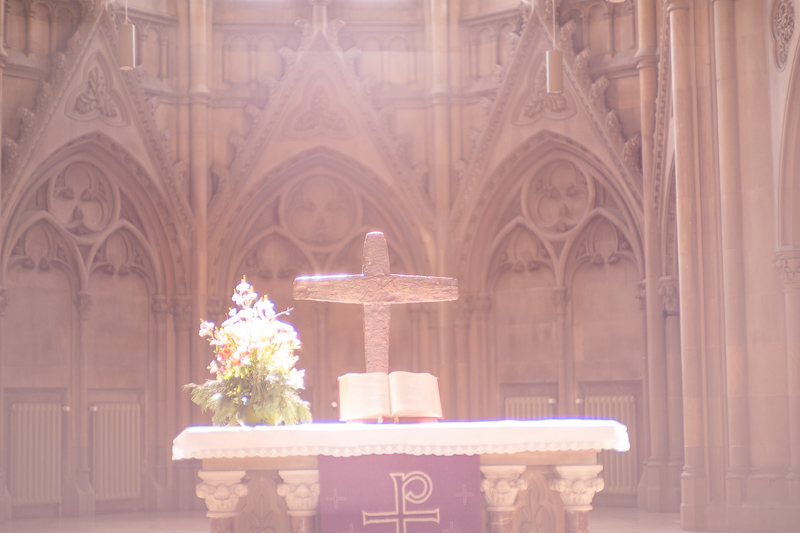
As always evaluating flare is a complex matter since you can get any lens to look bad if you push it hard enough and a slight change of scenario can affect results a lot.
Nevertheless, it was easy to make the MS-Optics 73mm 1.5 look bad here, as it is not a great performer when it comes to work against bright light. Despite the multicoating on all the elements rainbow artefacts as well as veiling flare are easily caught. The small hood also won’t reduce the veiling flare in a meaningful way.
The Voigtlander VM 75mm 1.5 Nokton isn’t perfect either, but it performs way better here.
Coma
100% crops from extreme corner, Leica M10
Coma at f/1.5 and f/2.0 is very noticeable in the corners, stopping down to f/2.8 yields a big improvement and by f/4.0 the performance is good. The behaviour here is actually similar to that of the small fast Voigtlander lenses.
Distortion
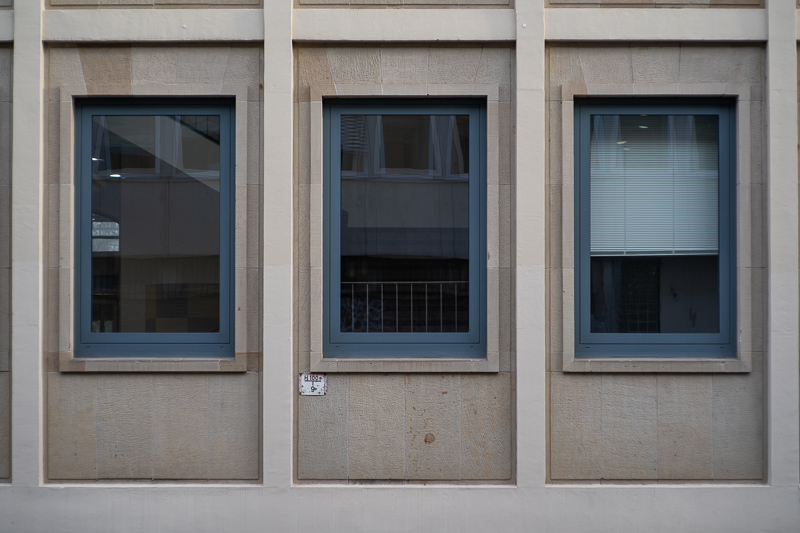
Distortion is very low and will hardly be field relevant.
Sunstars
Sony A7III | MS-Optics Sonnetar 73mm 1.5
The MS-Optics 73mm 1.5 Sonnetar is using 16 rounded aperture blades so I wouldn’t have been surprised not to see sunstars at all. Nevertheless stopped down and with strong point light sources they really look quite okay, my favorite is the rendering at f/8.0 and f/11.
If you want to learn more about this topic have a look at this article.
Bokeh

Sonnar lenses are known for smooth but also for funky bokeh rendering. Which one it is depends on focus distance, background and the aperture you are shooting at. In addition to that the MS-Optics 73mm 1.5 Sonnetar shows some “interesting” artefacts when used at f/1.5:
This mainly looks like coma, but I have never seen such strong coma this close to the center of the frame, so maybe it is actually a mix of coma and spherical aberration. Either way, I find it very distracting.
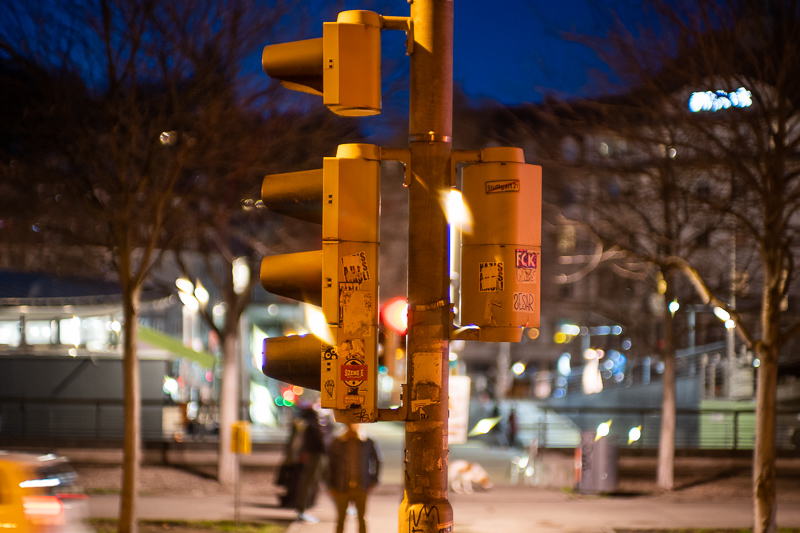
If you now think you will only encounter this effect at night you are mistaken, also under daylight it can be visible:
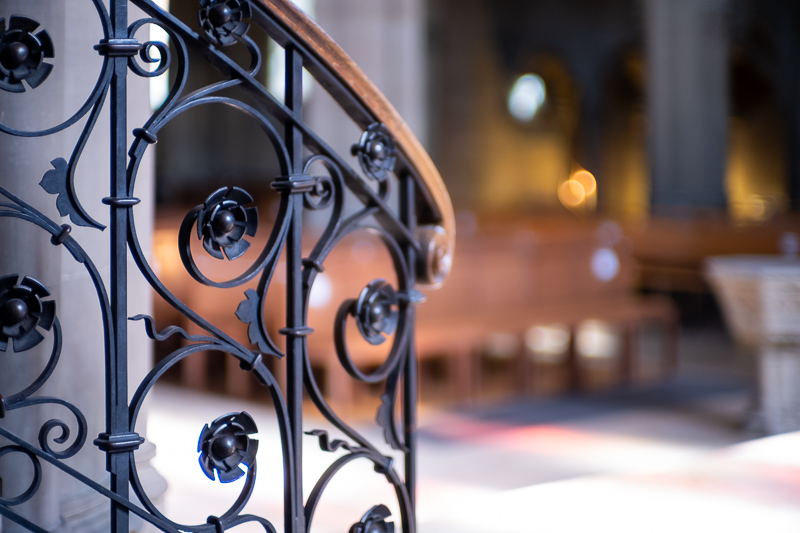
With carefully chosen background the bokeh can look very nice though:
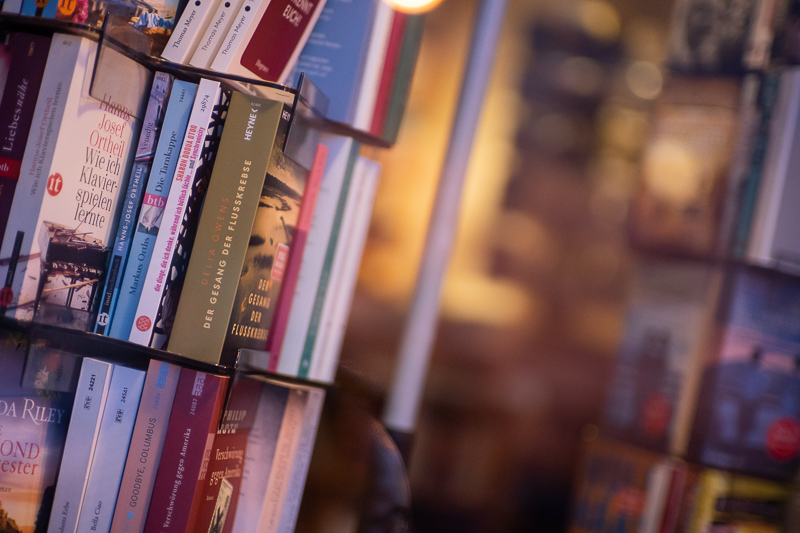
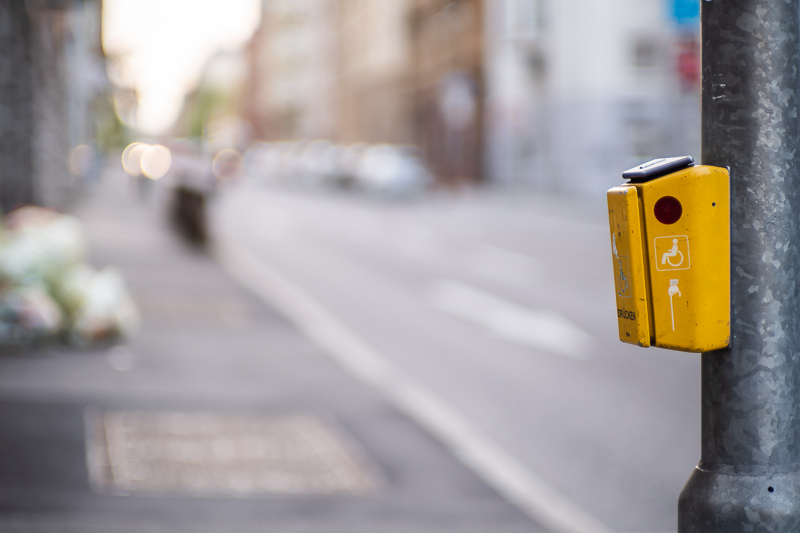
But more structured backgrounds end up rather nervous and distracting, which is often the case when using Sonnar lenses at maximum aperture:
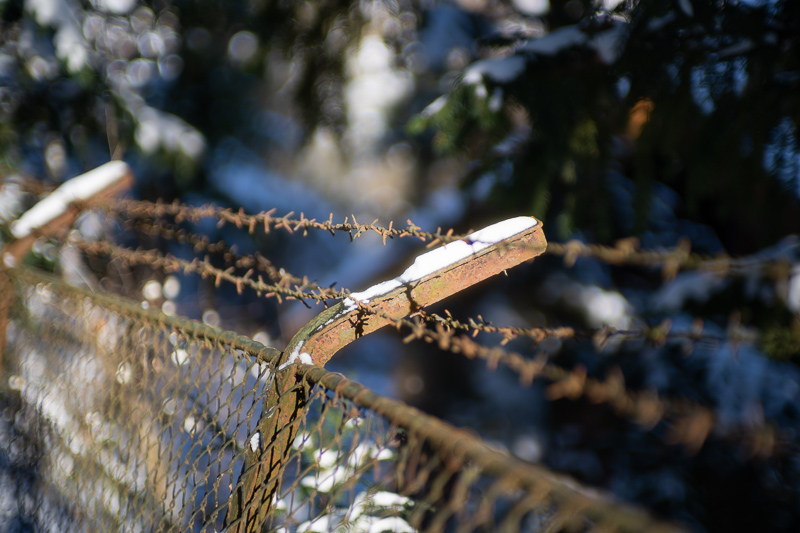
Generally I like Sonnar-style rendering, but this lens proved to be a bit unpredictable, especially at f/1.5 where I find those artefacts very distracting. All things considered, I definitely prefer the Voigtlander VM 75mm 1.5 Nokton here.
Chromatic Aberrations
lateral
100% crops from extreme corner, A7rII
Lateral CA are strong, they can be mostly corrected in camera (for Jpegs) or in a raw developer like Lightroom by one click but it looks to me like there are still some small traces left.
longitudinal

The MS-Optics 73mm 1.5 has high spherical aberration at the maximum aperture (which some may want to call “Sonnar glow”) which masks the longitudinal CA to some degree, therefore I am showing you the f/2.0 shot here.
Still, longitudinal CA are also strong, if you look at the following section you can see that even stopped down to f/4.0 they are still visible.
With strong backlight the MS-Optics 73mm 1.5 Sonnetar shows a really bad performance similar to super fast lenses like the Zhong Yi 50mm 0.95 III:
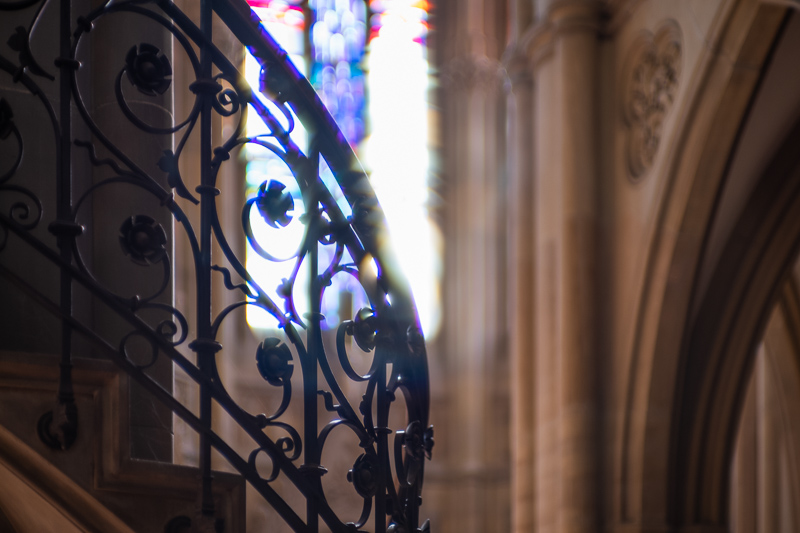
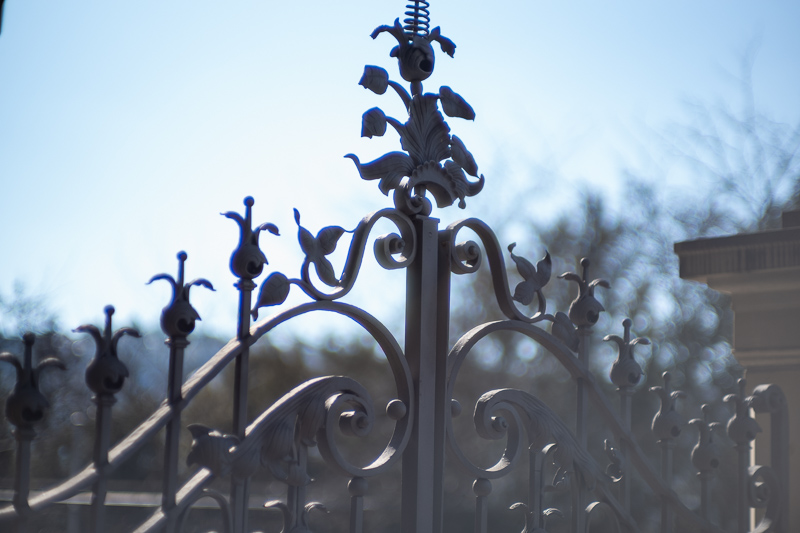
Unfortunately even stopped down to f/2.8 the purple fringing still goes really strong:
Leica M10 | MS-Optics 73mm 1.5 Sonnetar | f/2.8
Most of the MS-Optics lenses I have reviewed show a good performance when it comes to the correction of longitudinal CA. This is clearly not the case here.
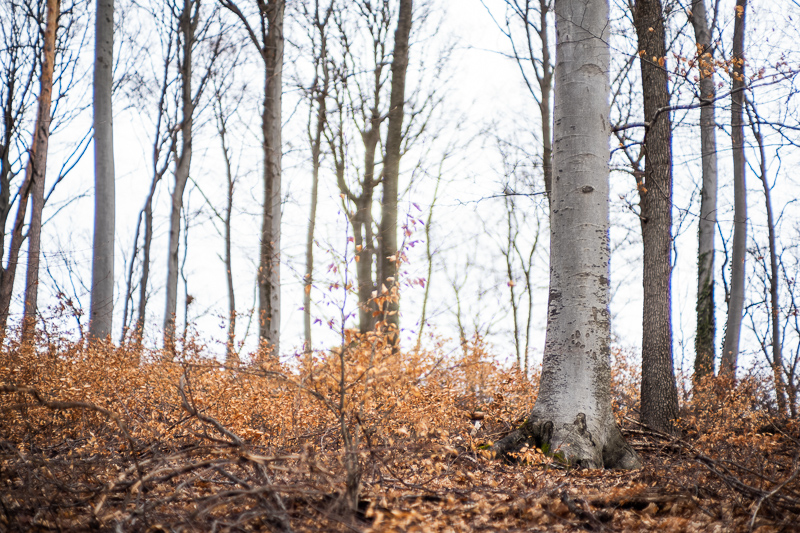
Focus shift
50% crops, A7rII
Sonnar lenses are known for their notorious focus shift, so I expected this 73mm 1.5 Sonnetar to behave no different, but actually – while noticeable – it is not that bad.
As you will accidentally change the focus when adjusting the aperture anyway this shouldn’t be a big deal on cameras with live view though.
Alternatives
E-mount
Samyang 75mm 1.8 AF:
This seems to be one of Samyang’s better small lenses. You get AF, low weight, nice bokeh and good sharpness at a fair price here.
buy from amazon.com | amazon.de | B&H | ebay.com for $399 (affiliate links)
M-mount
Voigtlander VM 75mm 1.5 Nokton:
A lens I really enjoy and already used for plenty of pictures I am very happy with. Most people should rather get this lens, it is less quirky and really well corrected for what it is and even a bit cheaper. The reasons to prefer the MS-Optics lens boil down to the distinct Sonnar look (if that is something you like) and the smaller size and weight.
buy from amazon.com | amazon.de | B&H | ebay.com | ebay.de for $999 (affiliate links)
7Artisans 75mm 1.25:
Smooth bokeh, softer at maximum aperture, more focus shift, 3 times as heavy. Enjoyable f/1.25 portrait lens at a fair price for those that don’t mind the size and weight.
buy from amazon.com | amazon.de | B&H | ebay.com | ebay.de for about $449/499€ (affiliate links)
Leica Summilux-M 75mm 1.4:
I have never used this lens personally, but the link above will lead you to an in-depth guest review.
buy from amazon.com | amazon.de | B&H | ebay.com | ebay.de (affiliate links)
Conclusion
I have reviewed a few MS-Optics lenses lately and as usual the small size and weight are pretty astonishing and as always they come at the price of very quirky handling.
Unlike the two 50mm MS-Optics lenses I reviewed this 73mm is also a really capable lens stopped down (on Leica and Sony cameras) which makes it more of an everyday and less of a special occassion lens.
When it comes to the bokeh rendering I am a bit disappointed though. I was hoping for something like the Jupiter-9 85mm 2.0 (meaning soft and smooth) but in a more compact package and with modern coatings.
In close focus scenarios soft and smooth is usually what you get, but when you focus on something farther away it gets busy and funky very fast.
And then there are those strange coma/spherical aberration artefacts at maximum aperture which I find very distracting and tried to avoid, so I see it more as an 73mm f/1.8 lens to be honest.
Strong longitudinal chromatic aberrations are also something I try to avoid in my lenses and here the MS-Optics 73mm 1.5 Sonnetar is not doing a great job either.
If you like the look of the images or you really want the smallest and lightest lens in class maybe the MS-Optics 73mm 1.5 is exactly what you are looking for, but these are the only reasons I can think of getting this over the great Voigtlander VM 75mm 1.5 Nokton.
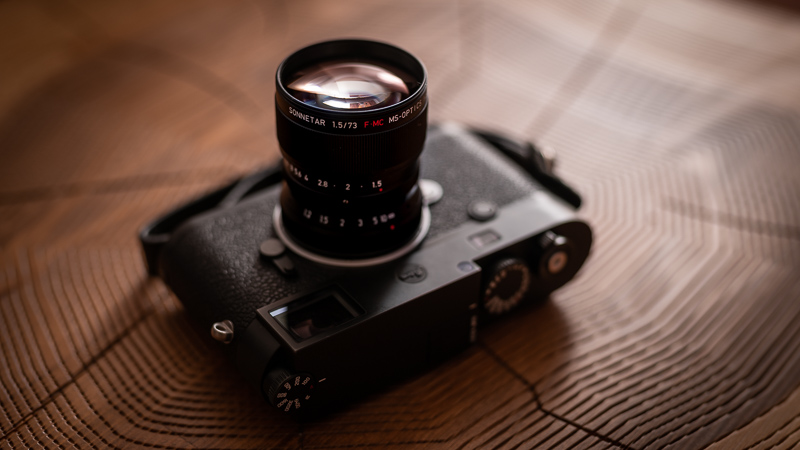
You can find this lens at japanexposures.com or on ebay.com (affiliate link) but don’t expect it to be always available. It starts selling for about $1100
Further Sample Images
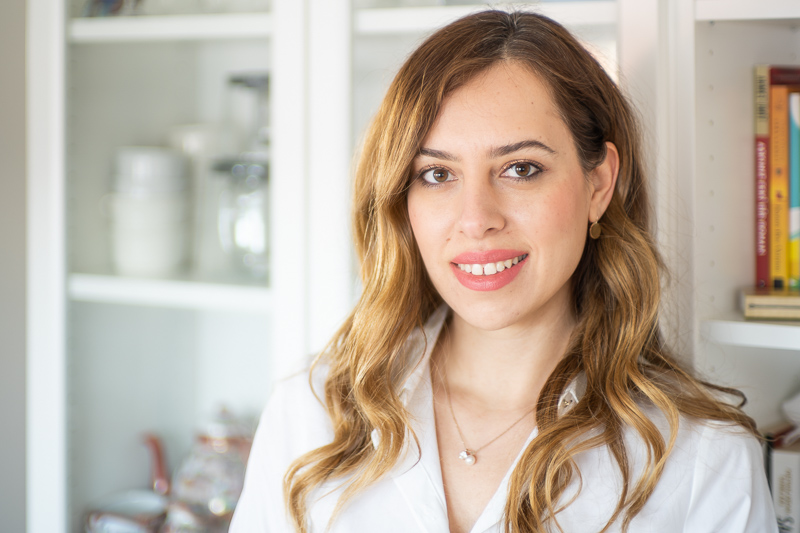
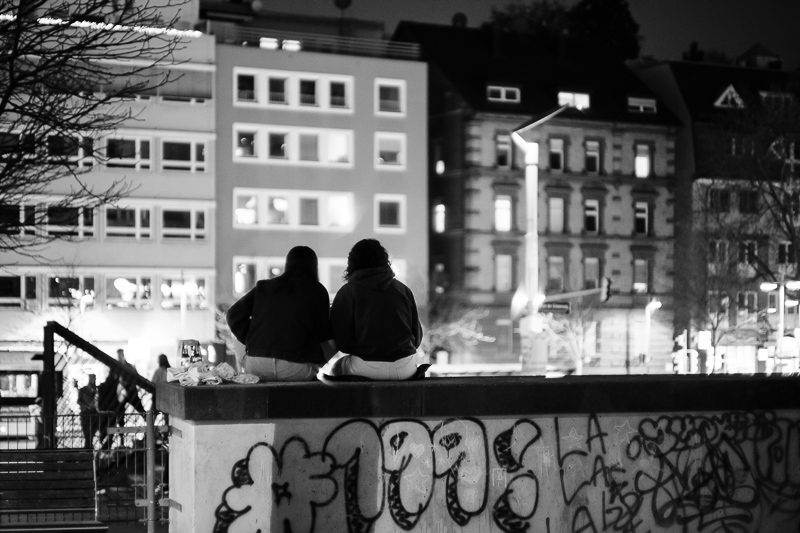
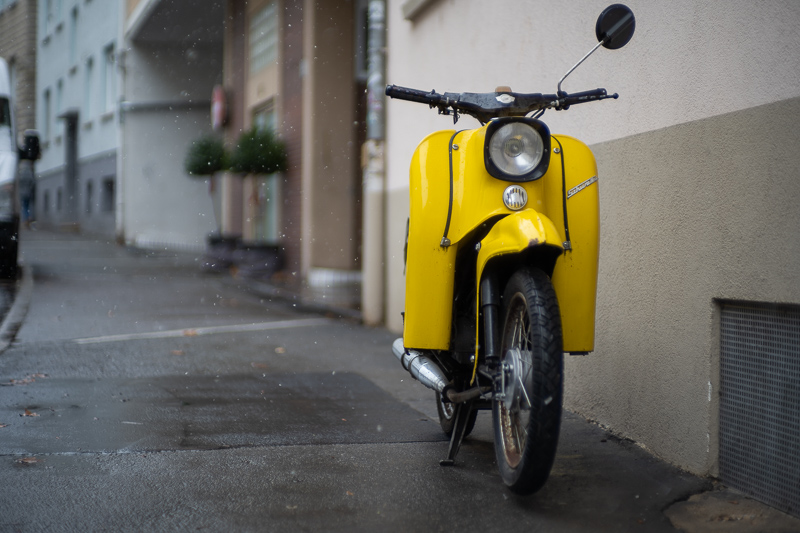

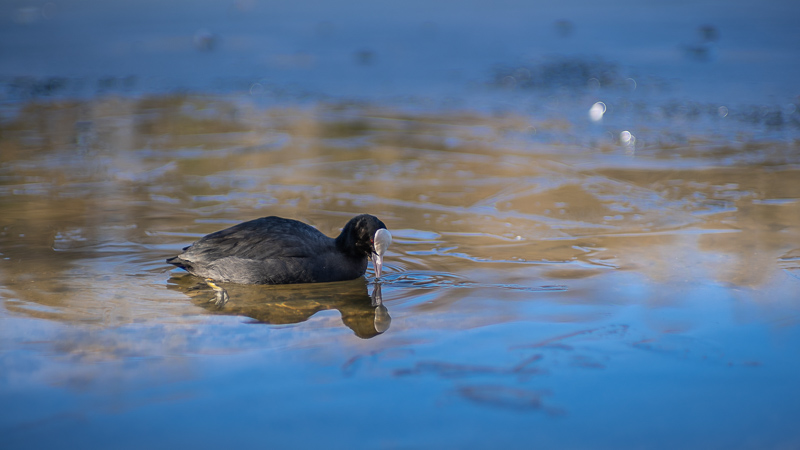
You can find most of the sample images in full resolution here.
Further Reading
- Sony FE lenses: Our comprehensive and independent guide
- Guide to the best 85-135mm Portrait Lenses for Sony a7 series
- Review: Sigma 35mm 1.2 Art DG DN
- Review: Sony FE 24mm 1.4 GM
Support Us
Did you find this article useful or just liked reading it? Treat us to a coffee!
![]()
![]()
![]() via Paypal
via Paypal
This site contains affiliate links. If you make a purchase using any of the links marked as affiliate links, I may receive a small commission at no additional cost to you. This helps support the creation of future content.
Latest posts by BastianK (see all)
- Review: Canon EF 50mm 1.0 L USM – Still the world’s fastest AF lens - December 30, 2025
- Review: Nikon Nikkor 105mm 1.8 Ai-s - December 28, 2025
- 2025 – Year in Review - December 23, 2025



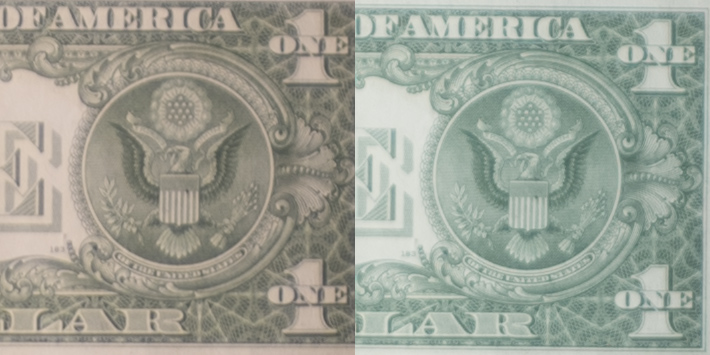

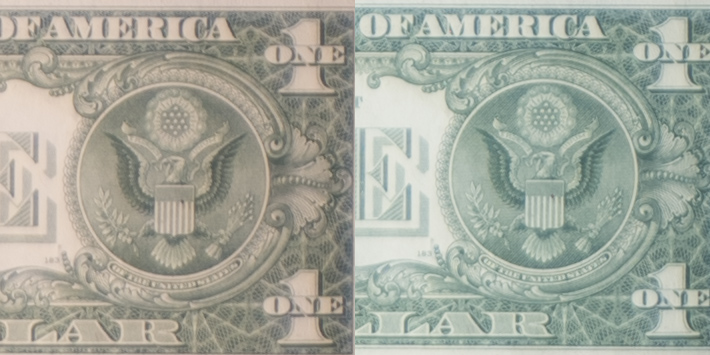
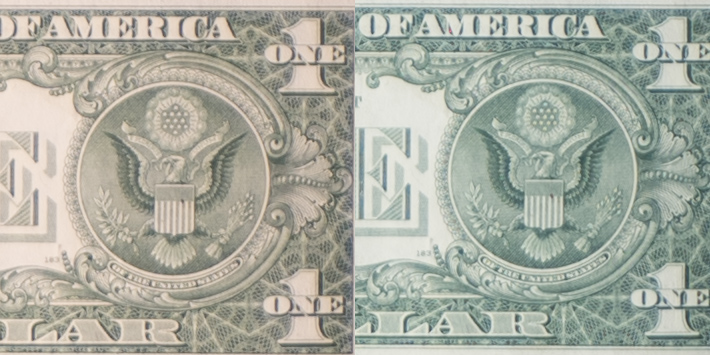
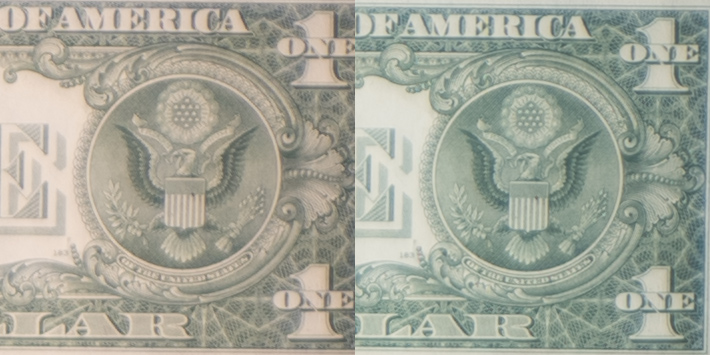
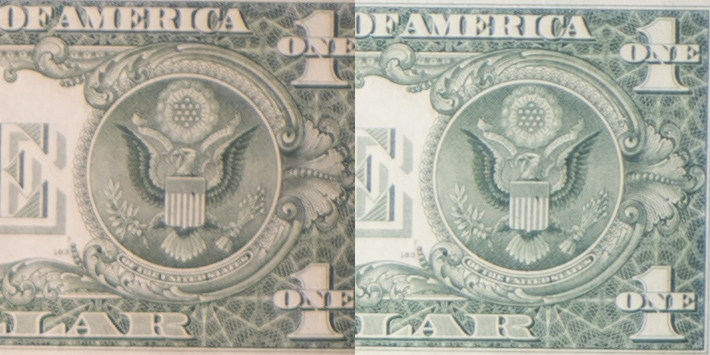
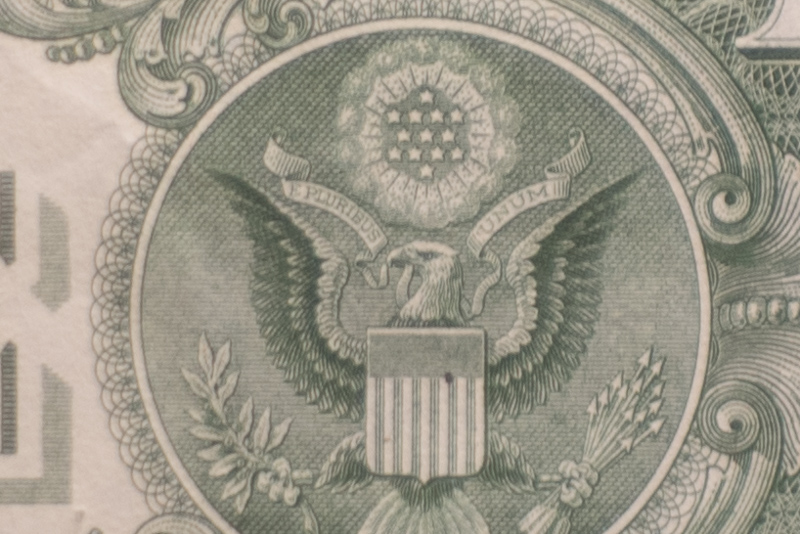

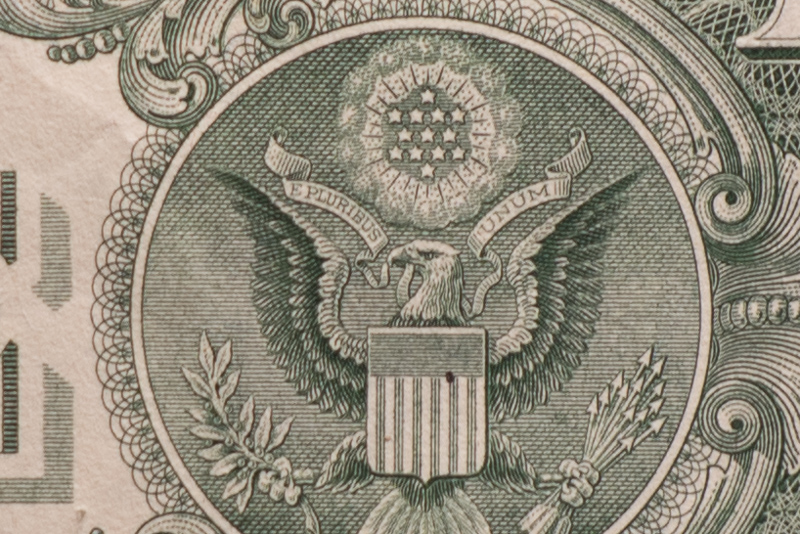

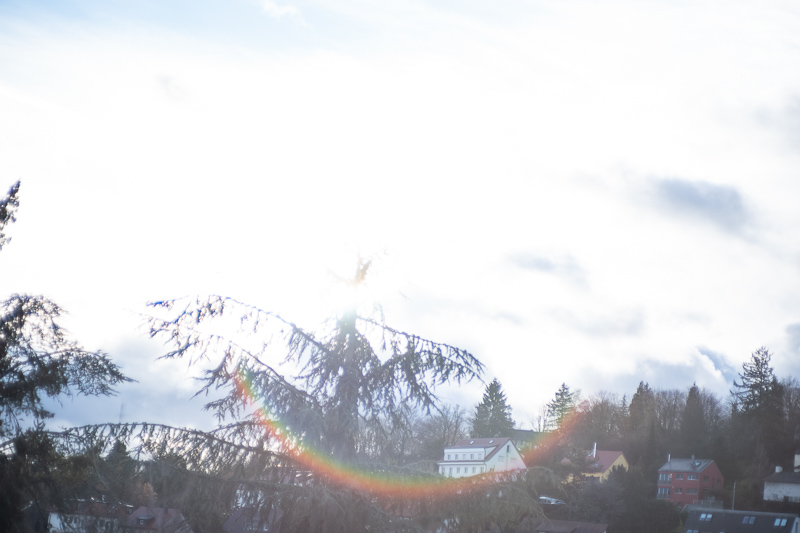
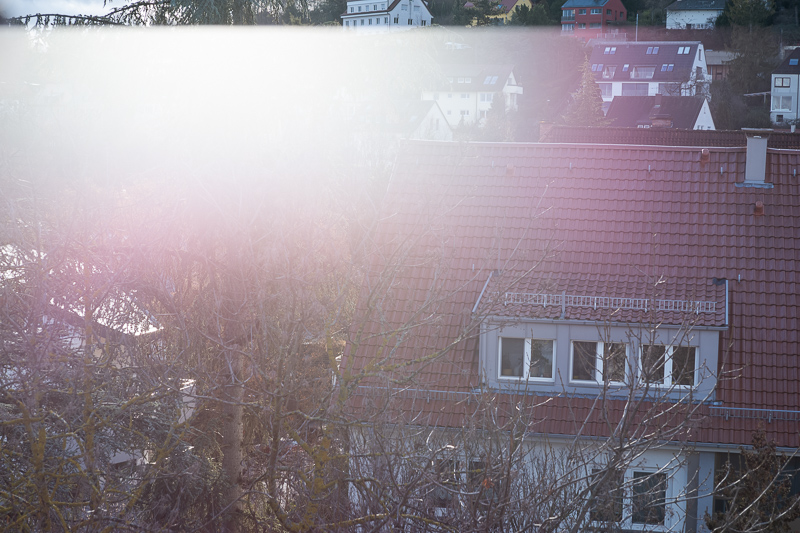


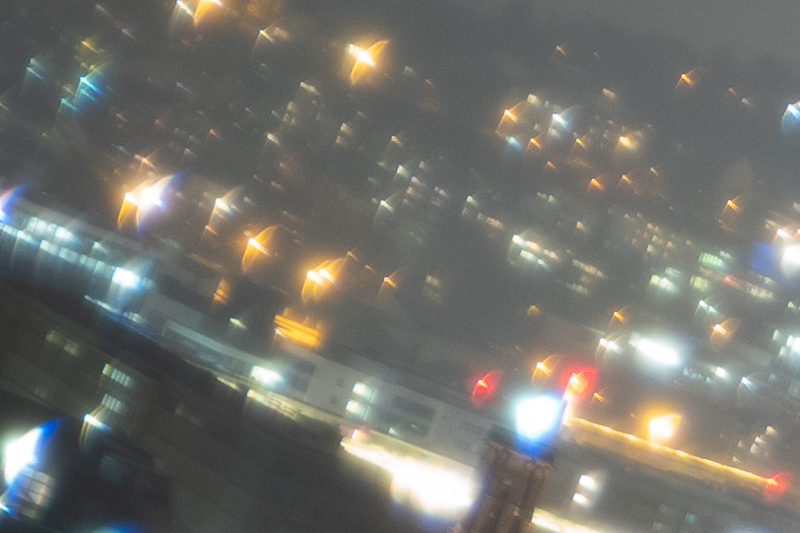
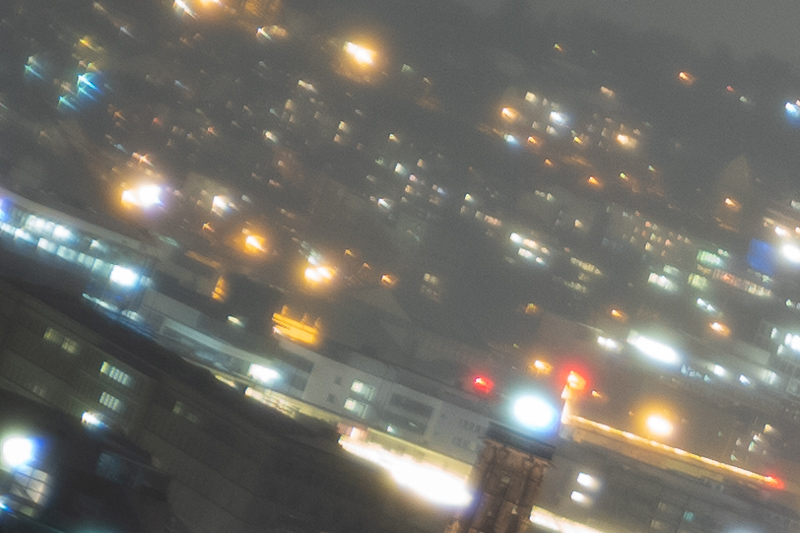

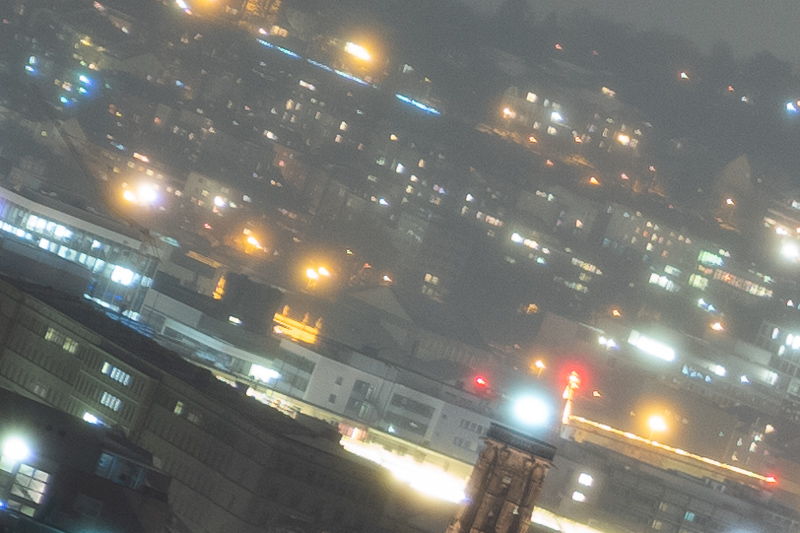
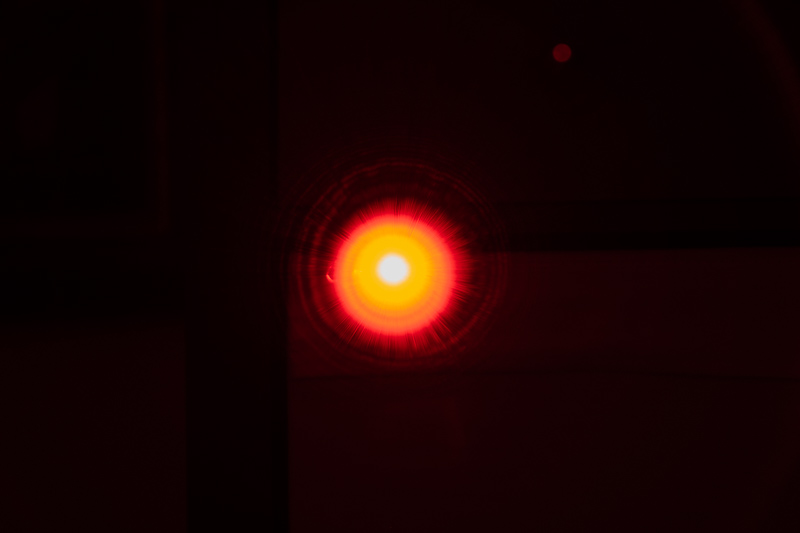
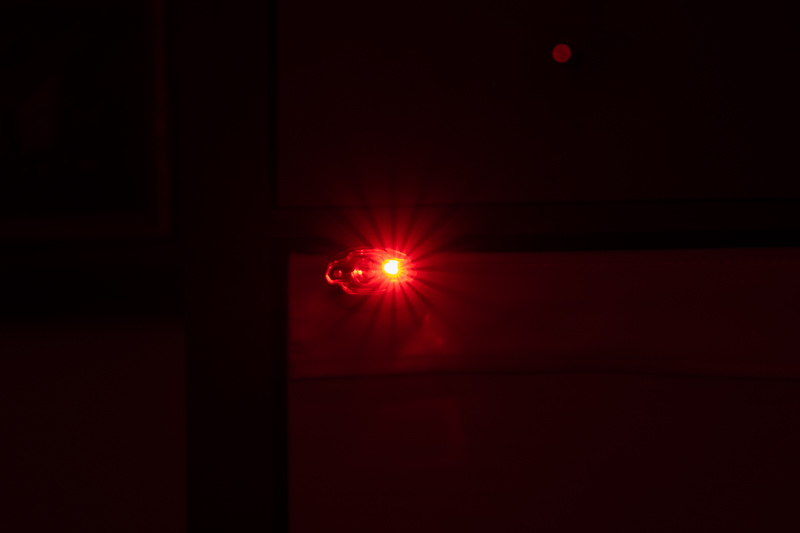
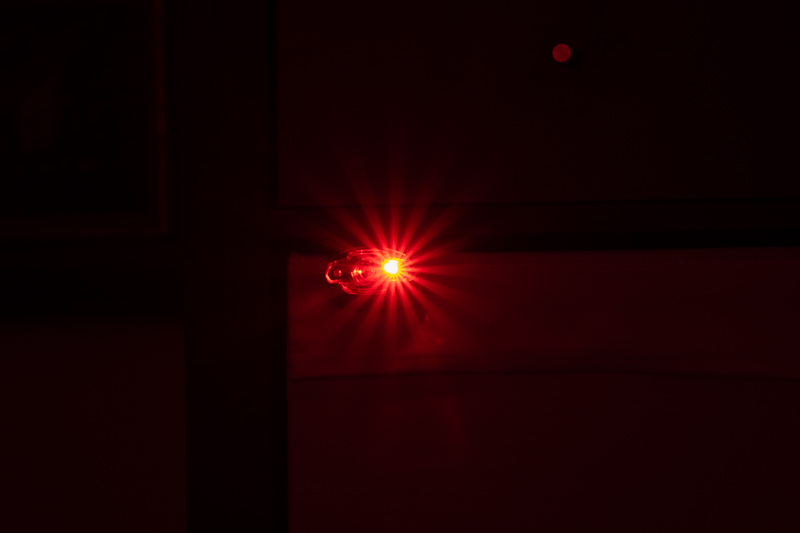
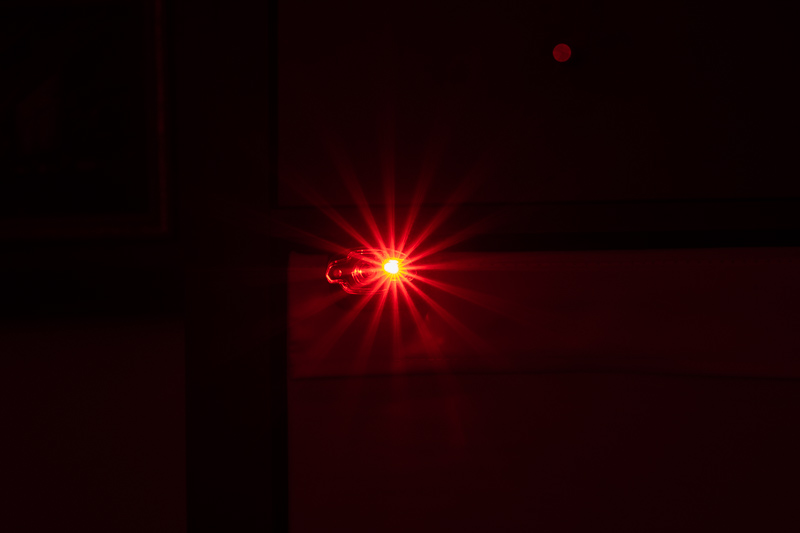
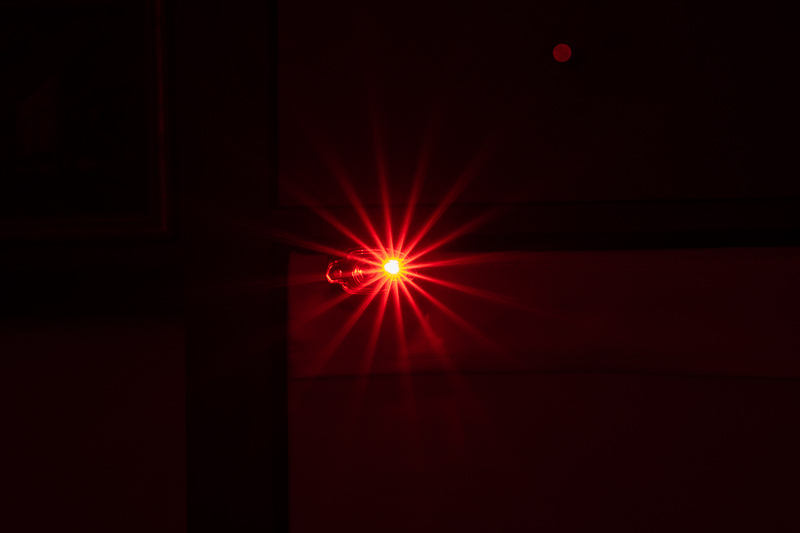
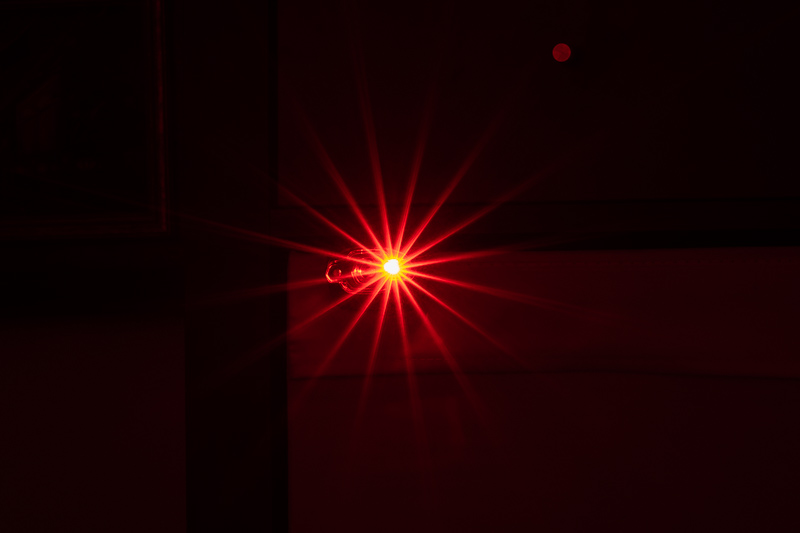

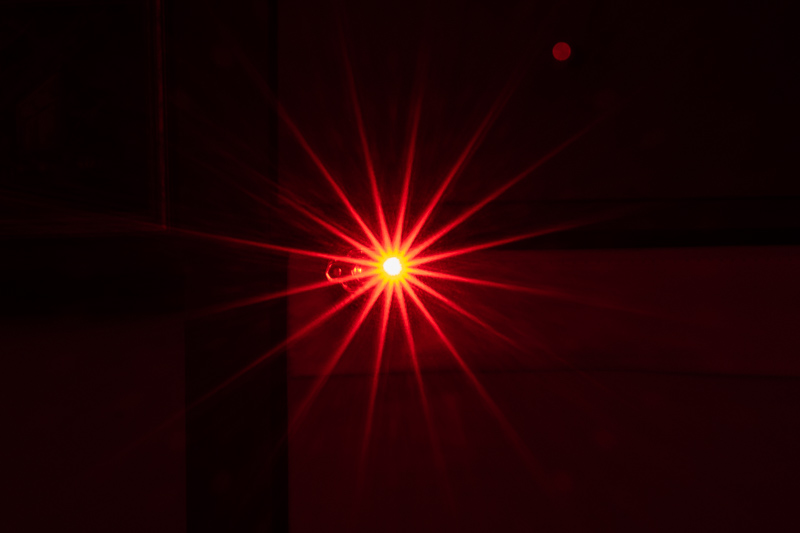
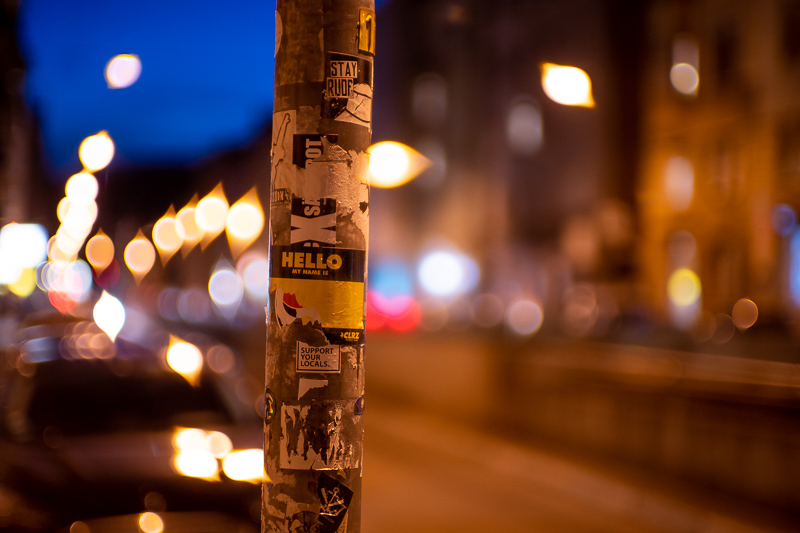
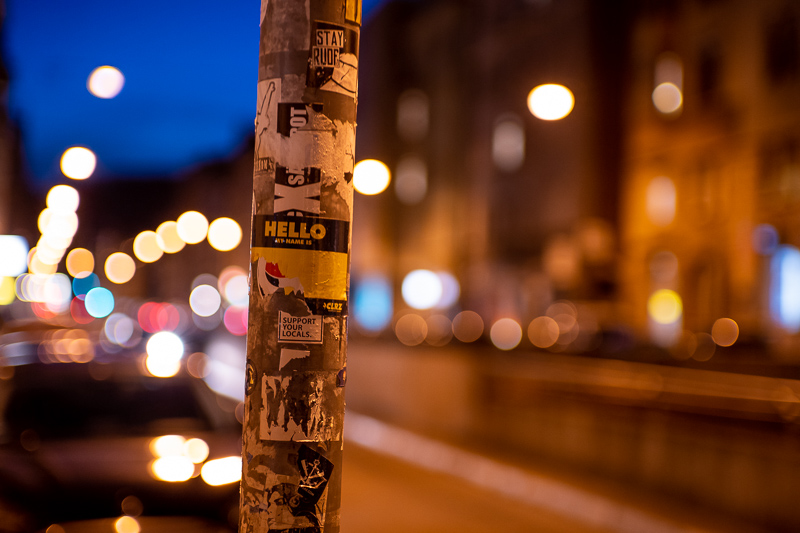

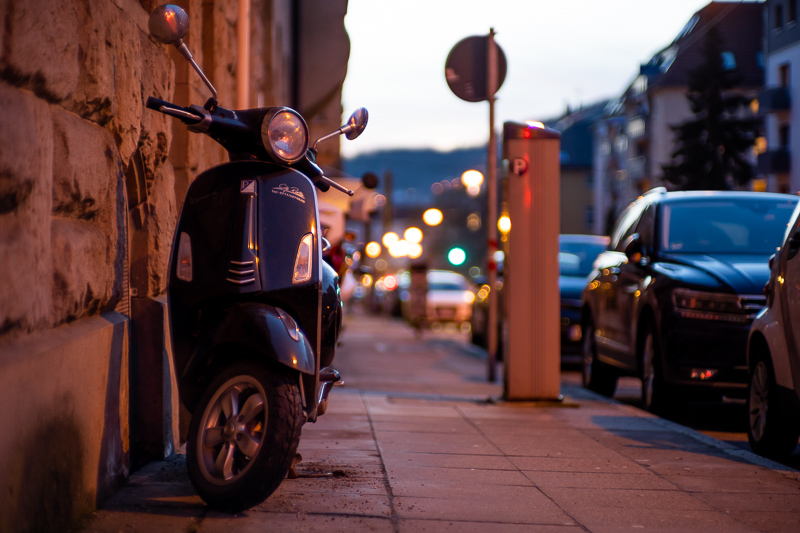
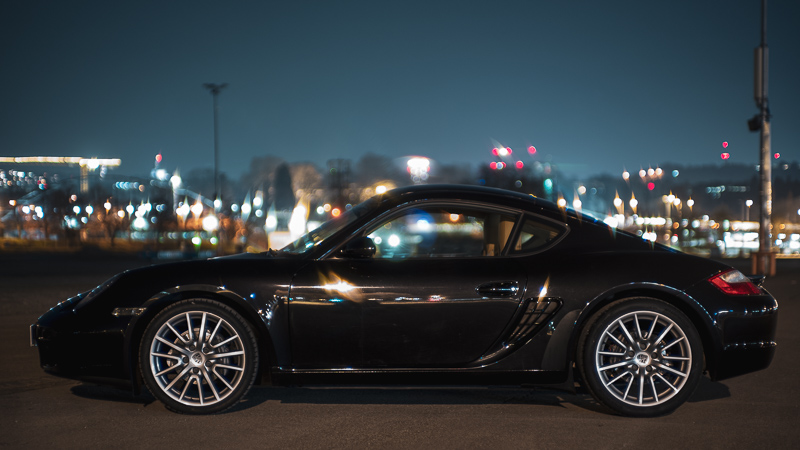
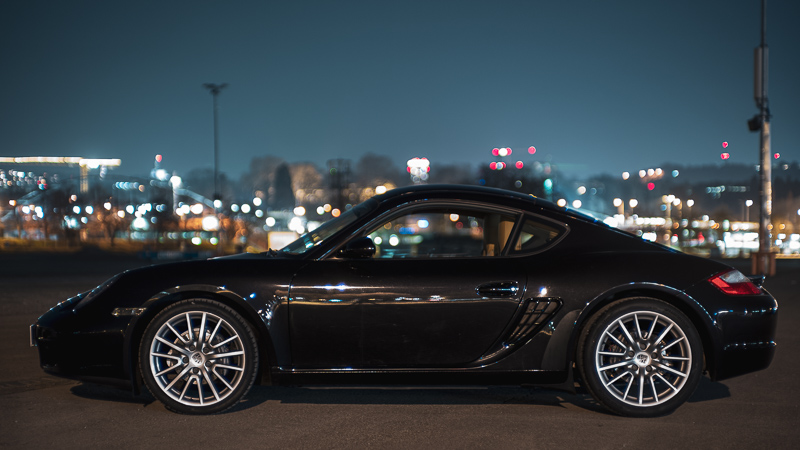
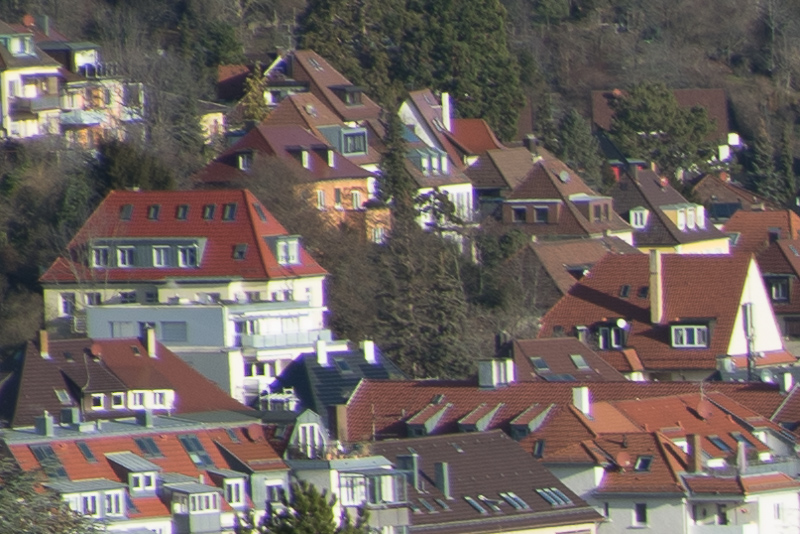
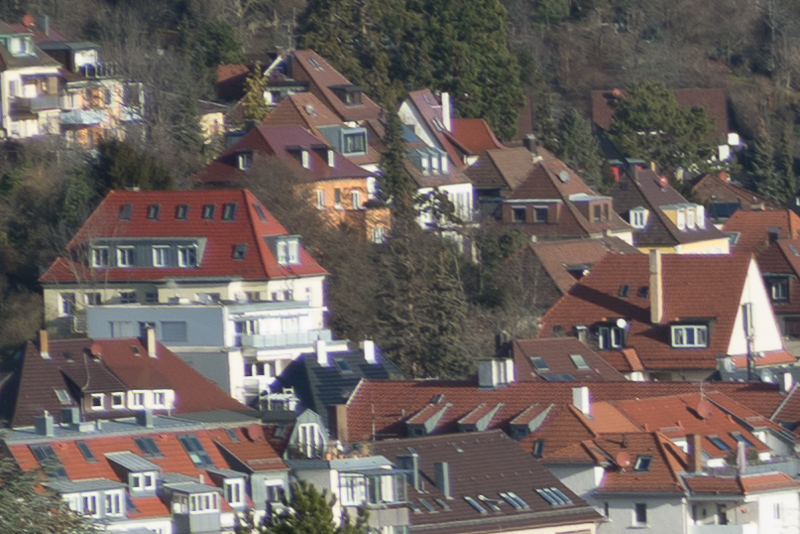
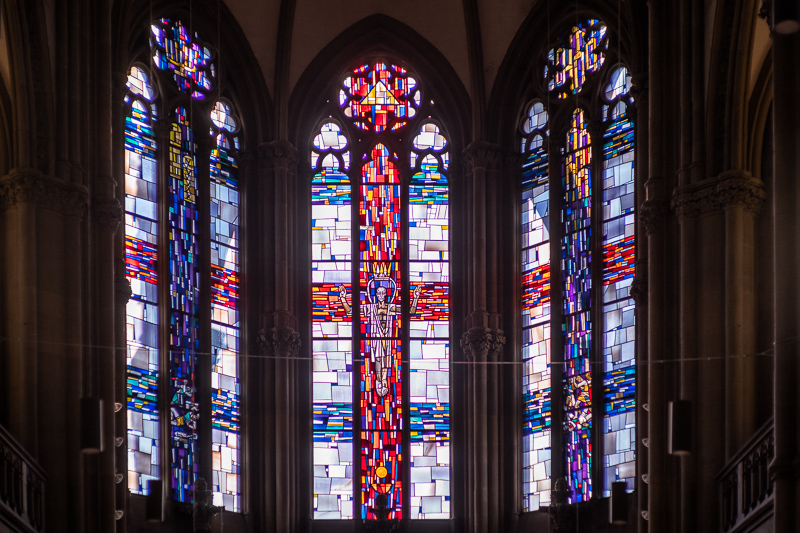
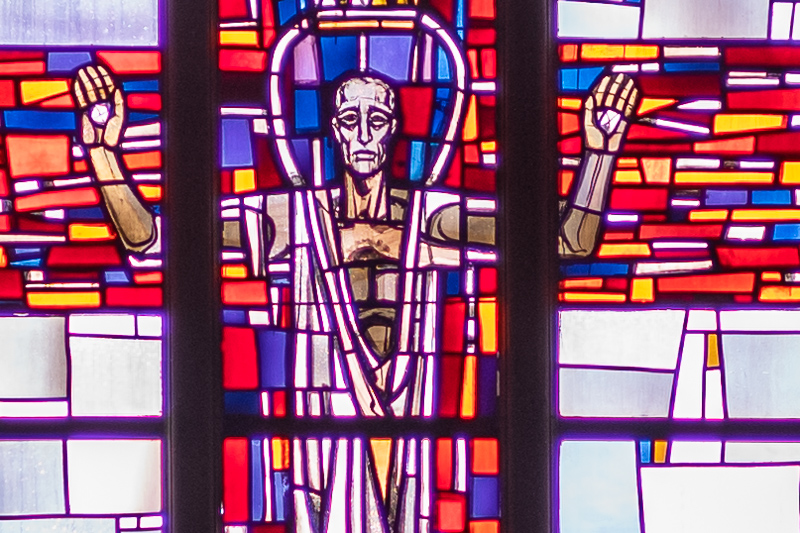

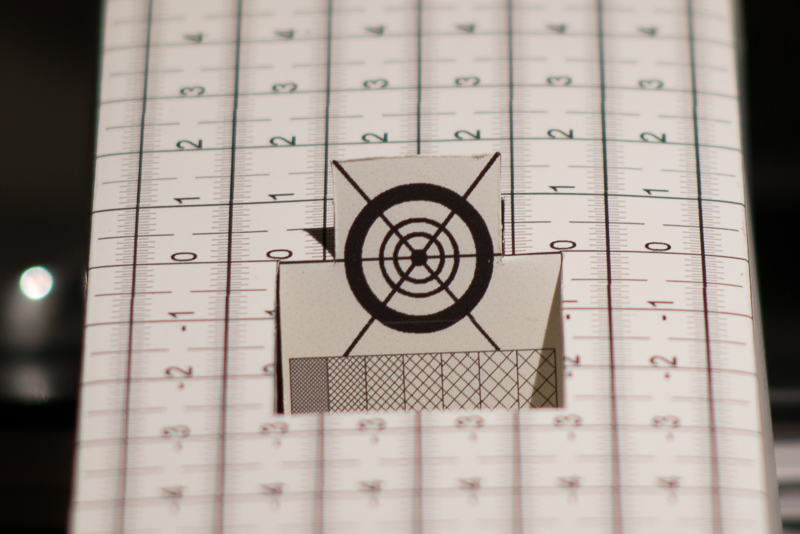
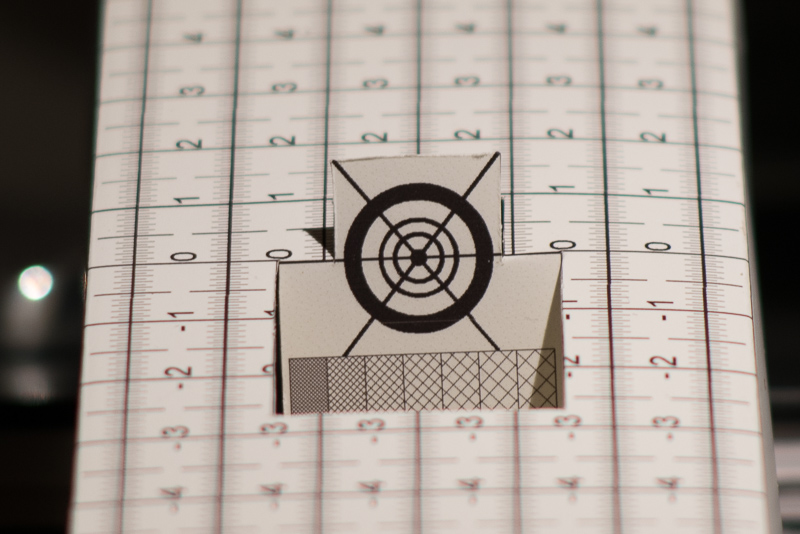
The MS optics reviews have been really nice to read and you can tell that the designers are very passionate about what they make and which aesthetic they are going for but I really wonder who these are for realistically.
The lenses in this series you’ve reviewed have been quirky and mostly impractical, but when things align right it can lead to some beautiful photos. Just too rarely, even going by your example photos.
The effort is really appreciated however, it can’t be too easy to get a hold of these.
I have a couple of the MS Optics lenses (the 73/1.5 Sonnetar and the 28/2 Apoqualia). Most of these lenses are pretty easy to find on eBay, although prices are still high.
I view the the 73/1.5 as a special purpose lens: it can be brilliant for portraits and I like the look in general, but I don’t use it often. The 28/2 Apoqualia stays on my old NEX-6, where it becomes a 40mm lens, and I love its rendering and colors. The ergonomics are tricky at first because the aperture and focus rings move together, but if you use the standard technique for setting aperture (hold the focus ring at the infinity stop with your ring or middle finger and use your thumb and forefinger to adjust aperture) it becomes second nature. I love this lens and use it all the time. On full frame it vignettes badly wide open and is very prone to flare, but that’s part of the look. These are designed to be character lenses.
Interesting review.
The only selling point seems to be small size. Maybe also the “rarity-factor” of the MS lenses, or some people may want a quirky handling challenge. I like the look of Sonnar shots but this lens will not make me cough up 1100 quit. I have a very nice secimen of a 1958 chrome m39 Jupiter-9 85/2.0 (the one you’ve reviewed a few years ago) it probably outperforms the MS 75 in many aspects.
Nice review, thank you.
I so want a MS optic lens but every time I think about I get put off by quality problems. These lenses are so expensive and niche but their quality is not acceptable. It’s not just that they ship with faults but repairing them / sending back is a painful, slow experience. Who wants to buy a lens and send it straight back? Or rather to have doubts about the thing in the first place.
I have seen second hand versions of these lenses selling for more than a new one as it is ‘tested’. Thats a crazy situation but as people buy them it continues.
For example – I looked for a review of the 28mm – based on Brad’s comments above – this is what I found:
https://www.johanbrooks.com/mso28mmf2 – rave review – but if you continue to read – he had to send it back.
All this for a look that you may or may not be able to use…
“With carefully chosen background the bokeh can look very nice though”
I can’t help but listen to the little voice in my head that says fashion over substance?
I think I was lucky with both of my MS Optics lenses; quality is fine, I’ve encountered no issues. But yes, there are definitely horror stories out there; I don’t know if I’d buy another one.
I’m not sure it’s style over substance: if you like “character” lenses these will provide plenty of it; they have unique looks and that’s what I bought them for. They haven’t disappointed in that department. The 28mm Apoqualia is an excellent all-purpose lens stopped down, although there’s no flare resistance so you need to watch out for that. My main beef with it is the ergonomics. Wide open it becomes magical and artistic; many other lenses do the same but I find its rendering unique. I never know how my photos will turn out, which is exactly the point with lenses like this.
I had a look at the 28mm and it looks interesting but a bit too heavy for me. Wider than 35mm isn’t something I use much. It is something I would like to try though but don’t want to give it too much weight.
I going to try this 73mm and see how I get on. I had perviously used a 50mm Sonnar but as a general purpose lens mainly. Using a Sonnar as a longer lens makes now more sense to me. I tend to use longer lenses to look at things rather than where they are. I think I might be able to use the Sonnar qualities better with this mindset. I believe many people regard its qualities useful for a portrait lens…
This review and then the comments have made me think about lenses for different conditions… Now, I know I have tried (and failed) using lenses into the wrong situations. Learning when to use what is very hard.
Thank you.
Hello Bastian,
Thank you, for this very informative and interesting review. Like Brad I also own the 2/28mm Apoqualia and the 1,5/73mm Sonnetar. The Sonnetar really shines, when taking pictures on a grey, snowy winter day. I love the way it renders und if you close the aperture just a little bit the bokeh is great for me. If you know how to use this lens (and this is not so easy…) you can really get photos that look like they where painted. Sadly the MS-Optics lenses are so rare. I am still looking for the Apoqualia 1,4/35mm and the Perar 4,5/17mm. Maybe I am lucky someday, or maybe Mr. Miyazaki is building another series of these lenses…
Best regards, Christian
Arrrgh! Your comments, Christian, bring me right back…
“The Sonnetar really shines, when taking pictures on a grey, snowy winter day”, “you can really get photos that look like they where painted.”
I have to say that this is my dream. I shoot landscapes, in B&W, just for myself….
Also I love the pictures of the silver birches on here…
I have just spent a few hours reading up on looking at pics from this lens and it does look very good indeed – wide open and stopped down. I am seriously considering one – I was thinking about the CV75mm 1.5 before.
I would need to pair this with another lens – a wide – 35mm or 28mm for use on a Sony. I would like a similar look. Does anyone have any ideas?
The 2/28mm Apoqualia is a candidate but I worry that maybe on a Sony the filter stack would be too much? What camera do you use Christian? As you said the Apoqualia 1,4/35mm is impossible to find….
I am thinking the CV1,4/35 could be an idea. I know the review on here doesn’t like it that much but if you read it like this review then that lens might actually quite a gem. However I can read what I want into anything.
Most of the MS wide angle lenses have disastrous field curvature by design which will get worse when using the lens on a Sony camera.
The 24mm 2.0 pancake seems to be the best in this regard, but still shows this effect.
And not only the wideangle lenses show this, it is also notorious on the 1.1/50 Sonnetar, as can be seen very well in this sample.
From a business point of view it is very stupid of me to review these lenses to begin with and you also need to consider that we have a very broad audience which makes it even more difficult.
But I only write the reviews because I am curious about the lenses and in case of the MS lenses I can give some leeway considering by whom and how they are made.
This is significantly more difficult for the 35mm 1.4 Classic and even more so when it comes to those late Leica rip offs like the 2.2/90 Thambar or the 5.6/28 Summaron.
The 28/2 Apoqualia is a bad choice for landscapes on full-frame Sony; I use mine on a NEX-6 (APS-C) where it performs much better (but it’s a 40mm lens there). On full frame there is significant vignetting and really bad corner smearing. Even stopped down I don’t find the images compelling. On APS-C it’s a very different story; I think it’s using the best part of the lens and I’ve been quite happy even with landscapes, but it’s more of a wide-normal lens than a wide-angle lens in APS-C.
tri-fin, another one to consider (as a wide angle to complement the Sonnetar) would be the 7artisans 28mm 1.4 FE-Plus. Bastian reviewed it here on this site, and you’ll see some excellent examples from it. Much more practical than the Apoqualia and it does well on full-frame Sony.
In terms of matching the look of the Sonnetar, I think it would be difficult especially in terms of colors. The Sonnetar has more subdued, sober colors compared with my other lenses (all but one of which are Minolta Rokkors); this is one reason why I got the Sonnetar in fact. The person who recommended this lens to me referred to the colors as “cinematic” and I suppose that’s a good way to describe it. In terms of rendering it depends on the specific qualities you want from the Sonnar look.
Indeed the Apoqualia ist a bad option for shooting landscapes. Therfore I would use one of the zeiss loxia lenses. But the Apoqualia 2/28mm is a great lens for street photography, even in the dark. Strolling through cities in the dark and shooting with the Apoqualia is much more than fun, because you can get pictures having an unique 3D-pop. But you must learn how to use this lens and this is not easy…
Best regards, Christian
Hi Christian,
I just put the extremely hard to find 35mm Apoqualia up for sale on FredMiranda.
https://www.fredmiranda.com/forum/topic/1703248/0#lastmessage
You can email at nehemiahphoto@gmail.com if you are interested (not sure if you’re an FM member).
Yeah still waiting for something like this that performs a little better. It would be nice to see a native e mount voigtlander or zeiss-esq (does zeiss plan on making more e-mount lenses?) ≈85mm ≈1.4 that is compact, minimal in cateye, soft bokeh, and high in microcontrast. Perhaps something like the Zeiss ZF Planar T* 85/1.4 but native to e mount. I would pay $1k for something like that but I might be waiting for a couple more years if ever.
I am glad to hear that some of you enjoy the reviews of such rare lenses.
It is in fact hard to get these for a review, usually I have to buy them and then sell with a loss afterwards, so sometimes it is a high price to pay for curiosity.
Obviously these reviews also don’t generate any (notable) income through the affiliate links.
With 5 lenses I did not encounter any actual issues though, but I guess I don’t expect perfect rangefinder calibration and I sometimes had to re-tighten the screws, but the latter also happened to a Canon lens and doesn’t bother me that much.
Reg. Zeiss: I have the feeling they gave up on producing photography lenses.
It was generally more of a marketing expense before which I guess has been cancelled by the board.
It is a shame, but compared to the Sigma Art lenses the Milvus/Otus must be a very hard sell the same way the Loxia lenses are compared to the latest Voigtlander ones.
Bummer about Zeiss! They truly have something to offer that you don’t get from other lens manufacturers. I’ve always found their contrast + simplicity to be unique… I guess Voigtlander TTartisans, 7artisans and maybe a few others have sort of filled that niche. The latter two perhaps with less competence. I wonder if the endless bitching about autofocus on sony alpha threads has been part of the decline too
Well, I don’t think the Batis lenses are hot sellers either, despite featuring AF.
The 85mm 1.8 was overpriced from the start, which is very obvious these days.
The 25mm 2.0 has been pretty much rendered completely useless by the Sony FE 24mm 1.4 GM.
The 18mm 2.8 is a good lens, but hardly better than the latest zooms (e.g. Sigma 14-24mm 2.8 Art) which are cheaper.
The 135mm 2.8 was pushed into market with such a ridiculously high price that it put most people off,
even those that did not follow the disastrous marketing campaing where they did not want to disclose the maximum aperture.
By reducing the price to almost reasonable levels they pissed everyone off who bought it at full retail.
The 40mm 2.0 with its very questionable auto stopping down the aperture and AF issues did not catch great media attention either.
Nice review! Are you shooting now more the Leica or the Sony system? A very small, and thus attractive, glass for the Leica system out there! A pity it is too premium for me 🙁 Thanks for the article!
Ah it really depends on the task at hand.
Whenever I really need impeccable image quality I pick the Sony.
Leica is more lika a walking-around-with kind of a camera.
Often I also use both at the same time to save myself some lens changes.
Thank you so much for the review.
I’m looking forward to the review of the TTartisan 90mm f1.25 which was just released. https://petapixel.com/2021/05/11/ttartisan-launches-90mm-f-1-25-lens-for-leica-m-mount/
I hope I can get a review sample, my contact at TTArtisan left the company, so I need to establish a new one first…
Thank you for another interesting review. It’s great that there is someone writing in so much detail about these rare lenses. I am still in the process of learning them myself.
One question arises in my head regarding the extreme bokeh f1.5 artifacts with light sources. Did you experiment with the coma setting hidden inside the lens? I wonder how much that could change your results.
No, because of my experiences with the 2.4/135.
Also Coma should not affect the center of the frame, so I doubt it would make a difference.
It is somewhat hard to change the setting on this lens
(there is the risk of scratching something with the camera spanner)
so I didn’t fiddle with it more than necessary.
I was very excited to read this excellent review, but what a disappointment! I will stick with my Contax Zeiss Sonar 85/2 which can be used from wide open with none of the quirks and IQ sacrifices seen here. This Sonnetar won’t even satisfy the wacky bokeh folk, so I wonder who it’s made for?
But please keep reviewing such rarities!
3d pop out of this is high
unique charcter
really interesting
why?